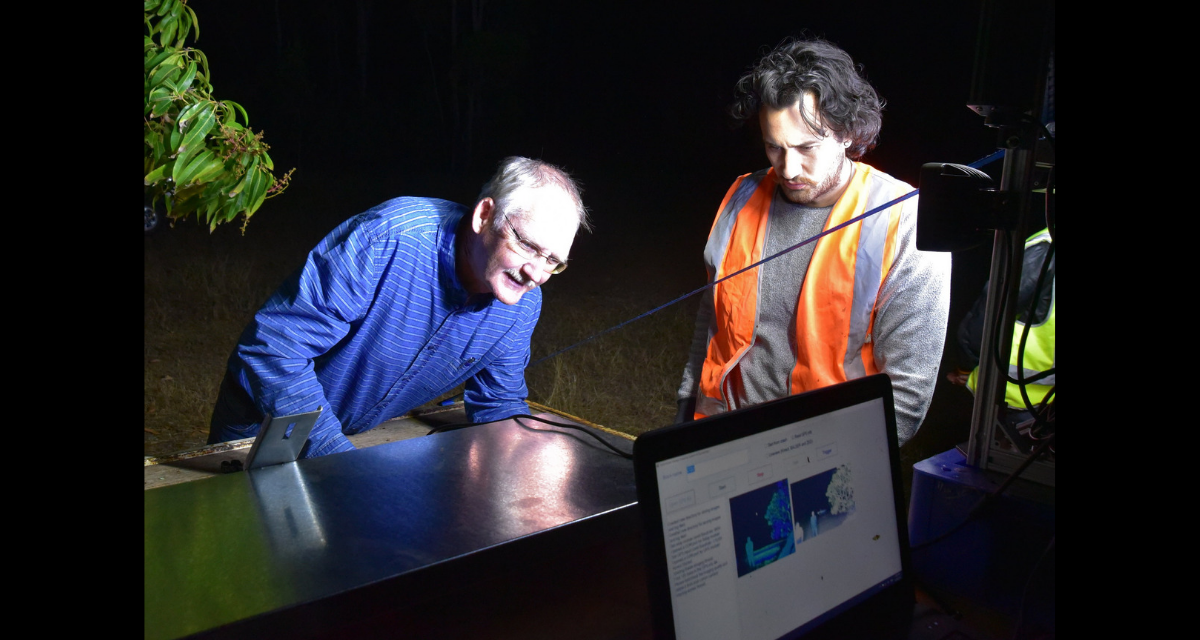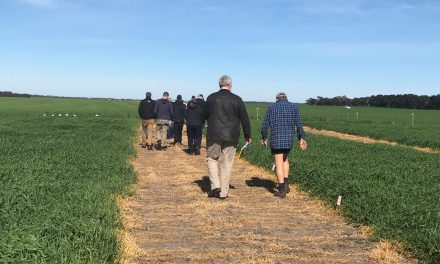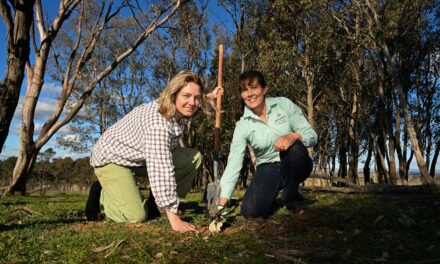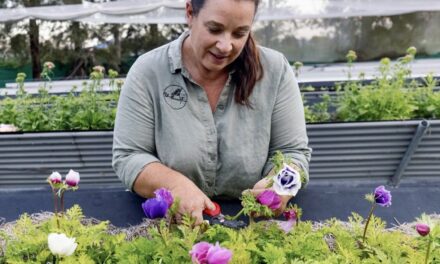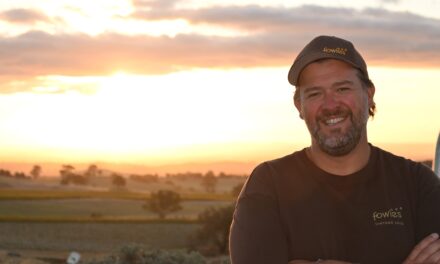CQUniversity’s Non-Invasive Sensor team has led the world in the use of near infrared spectroscopy for assessing horticultural produce.
Led by CQUni Professor Kerry Walsh, who specialises in sensor systems, the team is focussed on the development of new sensor hardware and applications of existing sensors that can assess agricultural commodities and advance productivity without damaging the product.
In partnership with international technology companies and the Australian horticultural supply chain, the team has delivered new tools to accurately assess the ripeness of mango crops prior to harvest and retail. In some cases farm performance has increased by more than 40 per cent through as a result of early and accurate assessment of the ripeness of fruit, bolstering crop productivity through optimised harvest timing and improved fruit quality.
“Well as a consumer, you go into a retail store and you purchase fruit on the basis of what it looks like, take it home and you have a bad eating experience and the research says you won’t go back to buy that fruit for four to six weeks, so it’s not an instant decision but it’s certainly important to repeat purchase,” Professor Walsh said.
After enjoying widespread success through the use of NIRS to improve mango production, the team is now investigating the use of machine vision for assessing mango flowering and fruiting, and robotic harvesting techniques to overcome labour shortages and occupational risks to workers.
Ian Groves of Groves Grown Tropical Fruit, said the sensor system technology had greatly improved fruit selection.
“You know the big problem has been in the past, to test mangoes for maturity, they had to cut them. So the only tests we really had were the external visual cues, you know so whether it’s full, good shoulders, shape, bit of blush colour,” he said.
“But the reality is there’s a big variation between varieties in area and some varieties are really hard to tell by external cues, so the only sure method we had before was to actually take a mango and cut it in half and have a look at the flesh colour.
“With one of the NIR guns we are now able to walk through the orchard testing fruit, seeing if there’s enough to go through a spot pick or whether they’re all ready and train up our workers as to the visual cues as to what a mature mango looks like.
“It just means we can get our start date correct so that we’re picking fully mature fruit that the customer is going to be happy with.”
Professor Walsh they were initially prompted by growers.
“We had to look at estimating the quality of fruit non-invasively, its internal quality being sugar content or dry matter content and that took us down the path of measuring in-line.
“So you’re on a pack line, you’re sorting on colour and weight. Now we were adding in another facility – estimating the sugar content or dry matter content of that fruit.
“We were in the fields doing the dry matter measurements and we could see the grower practice of trying to estimate fruit yields, so they could be organised in terms of labour requirements, pack house requirements. That was all being done manually with a hand counter, so that lead us into a new line of work looking at machine vision in the field, rather than just machine vision in the pack house, taking it into the field to estimate crop load across the field.
“The next step on from that of course, having seen the fruit, is to try and reach out to pick the fruit to automate the harvest.”

